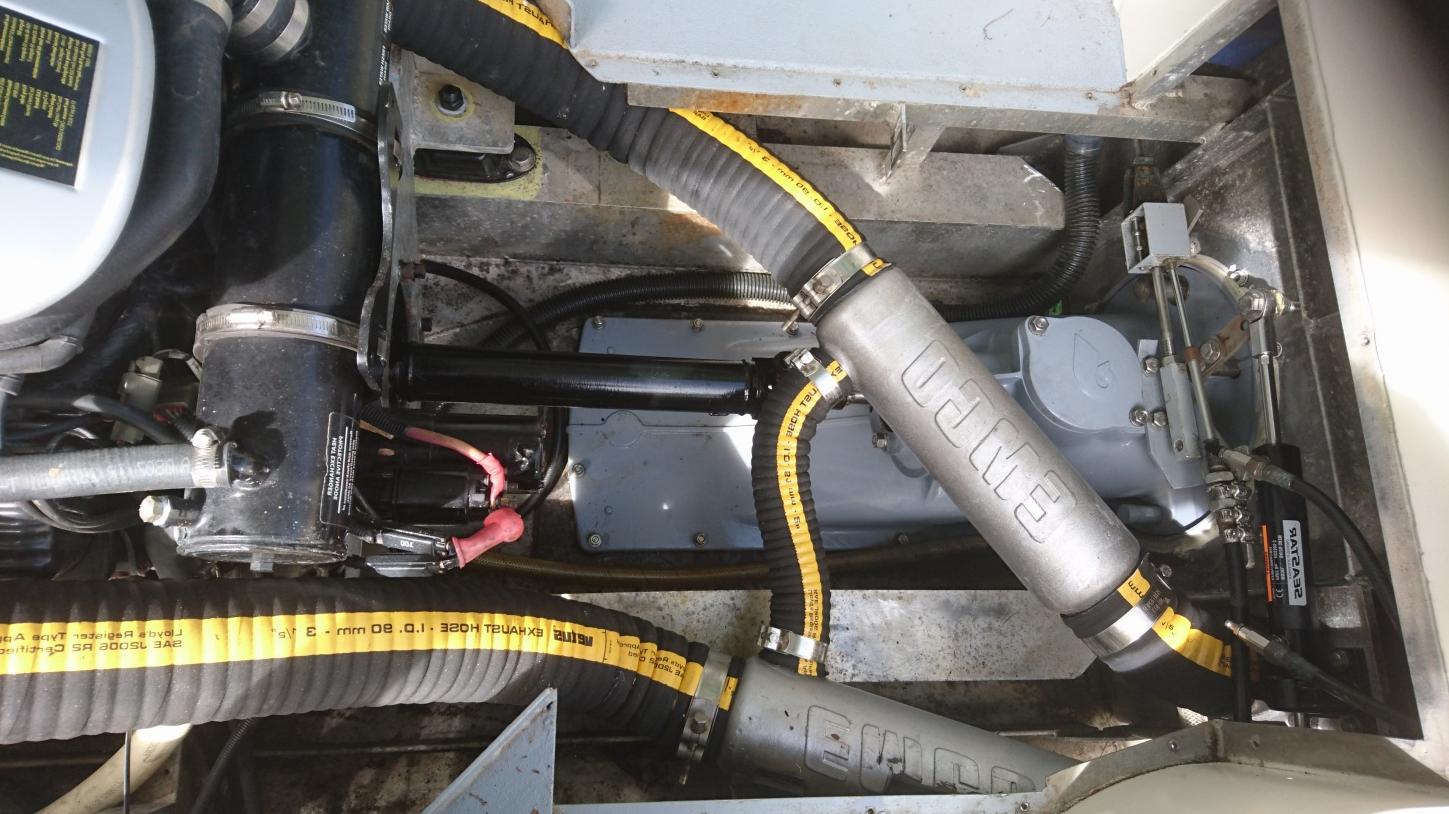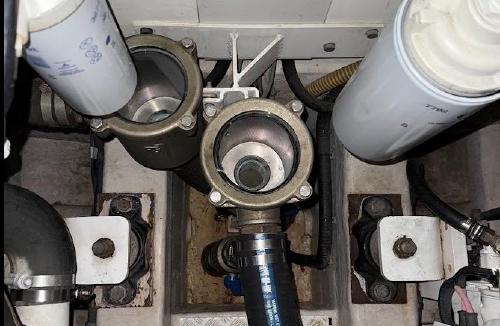Hose clamps are like the unsung heroes of the marine world. You might not think about them often, but they play a crucial role in keeping your boat’s systems running smoothly. Whether you’re a seasoned sailor or a weekend cruiser, knowing about hose clamps can save you from unexpected leaks or costly repairs.
What is a Hose Clamp?

At its core, a hose clamp is a device used to attach and seal a hose onto a fitting such as a barb or a pipe. They come in various designs, but the most common type is the worm gear clamp, which features a band that wraps around the hose and a screw that tightens the band, compressing it against the hose and fitting. Simple, right? But there’s a lot more to it, especially when you’re dealing with marine environments.
Why Stainless Steel 316?
When it comes to marine applications, not all materials are created equal. That’s where stainless steel 316 comes into play. Known for its exceptional resistance to corrosion, 316 stainless steel is the go-to choice for marine settings. Why? Because it contains molybdenum, which provides added resistance against chlorides and other harsh elements commonly found in seawater.
Using 316 stainless steel clamps means you’re investing in longevity. You’ll find that these clamps can withstand harsh conditions–from saltwater and humidity to UV exposure–far better than their galvanized or lower-grade stainless steel counterparts. If you want a reliable grip on your hoses without worrying about rust or degradation, 316 is the way to go.
When to Double Clamp
You might wonder, “Is one clamp really enough?” The answer is: sometimes yes, sometimes no! There are situations where double clamping is not just recommended but essential.

For instance, if you’re dealing with high-pressure applications, such as a water pump or a fuel line, it’s wise to double clamp. This ensures an extra layer of security, reducing the risk of leaks. Similarly, if the hose is subjected to constant vibrations–like those from an engine or a generator–double clamping can help keep everything secure and stable.
Another scenario where double clamping shines is when you’re working with larger diameter hoses. With these, a single clamp might not provide the needed uniform pressure around the hose, allowing for potential leaks. In such cases, a second clamp can help distribute the load more evenly, creating a tighter seal.
However, double clamping isn’t always necessary. If you’re working with a low-pressure application or a short length of hose that isn’t prone to movement, a single clamp will typically suffice. Always assess the situation at hand and use your best judgment.
When NOT to Double Clamp
While double clamping has its advantages, there are times when it’s better to stick with a single clamp. For instance, if the hose is very flexible, adding a second clamp can restrict its movement. This can lead to kinks or even damage the hose over time. Some hoses are designed with a specific level of flexibility, and adding additional clamps can undermine that design.
Another situation to consider is the type of fittings. If you’re using certain quick-release or cam-lock fittings, placing multiple clamps can interfere with the fitting’s function. In these cases, stick to one properly sized clamp to maintain the integrity of your connections.
Also, if you find yourself in a tight space, adding another clamp might not be feasible. It’s better to ensure that the single clamp is installed correctly than to risk damaging the hose by trying to force in a second one.
The Right Size Matters
Buying a hose clamp can feel like a simple task, but picking the right size is critical. An undersized clamp won’t be able to properly grip the hose, leading to leaks. On the other hand, an oversized clamp may not provide enough pressure and can also slip off the hose.
To get it right, measure the outer diameter of the hose. Most clamps have a range, so you should choose one that fits snugly within that range. If you’re dealing with a hose that has a hard-to-measure diameter, it’s often wise to err on the side of caution and opt for a clamp that’s slightly larger. You can always add a shim or extra padding to ensure a snug fit.
Installation Tips
Installing hose clamps isn’t rocket science, but a few tips can make the process smoother. First, always clean the surface of the hose and fitting before installation. Any dirt, grease, or salt buildup can compromise the seal.
When you place the clamp, ensure that the screw is positioned on the upper side. This makes it easier to access for future adjustments or replacements. Once you tighten the clamp, use a torque wrench if possible to ensure you’re applying the appropriate amount of pressure. Over-tightening can lead to hose damage, while under-tightening can lead to leaks.
Regular Inspections
Once you’ve installed your clamps, don’t just forget about them. Regular inspections are vital, especially in a marine setting where conditions can change rapidly. Look for signs of rust, corrosion, or physical damage to the clamps. Also, check the hoses for any signs of wear and tear.
When you’re out on the water, take a moment to visually inspect your clamps and hoses during your regular checks. If you notice any leaks or drips, it’s better to address them immediately rather than wait until they become a bigger problem.
Best Practices for Hose Clamp Maintenance
Maintaining your hose clamps involves more than just looking for visible damage. Here are some best practices to keep in mind:
Cleanliness is Key: Saltwater can be brutal on metal components. Regularly clean your clamps with fresh water after being out on the ocean. This simple step can greatly extend their lifespan.
Lubricate the Screws: A little marine-grade grease on the screw threads can help prevent corrosion and make future adjustments easier. Just be careful not to overdo it, as excess grease can attract dirt.
Seasonal Checks: Before you launch your boat for the season, do a thorough inspection of all your hose clamps. This is your chance to replace any that look worn or corroded and to ensure that all connections are tight.
Replace When Needed: If you notice any signs of wear–like cracking, rust, or a lack of tension–it’s time to replace the clamp. It’s a small cost compared to the potential damage a leak could cause.
Conclusion
By now, you should have a solid foundation of knowledge about hose clamps in marine settings. From the importance of using stainless steel 316 to knowing when to double clamp, these little devices are essential in keeping your boat functioning at its best.




Use the share button below if you liked it.